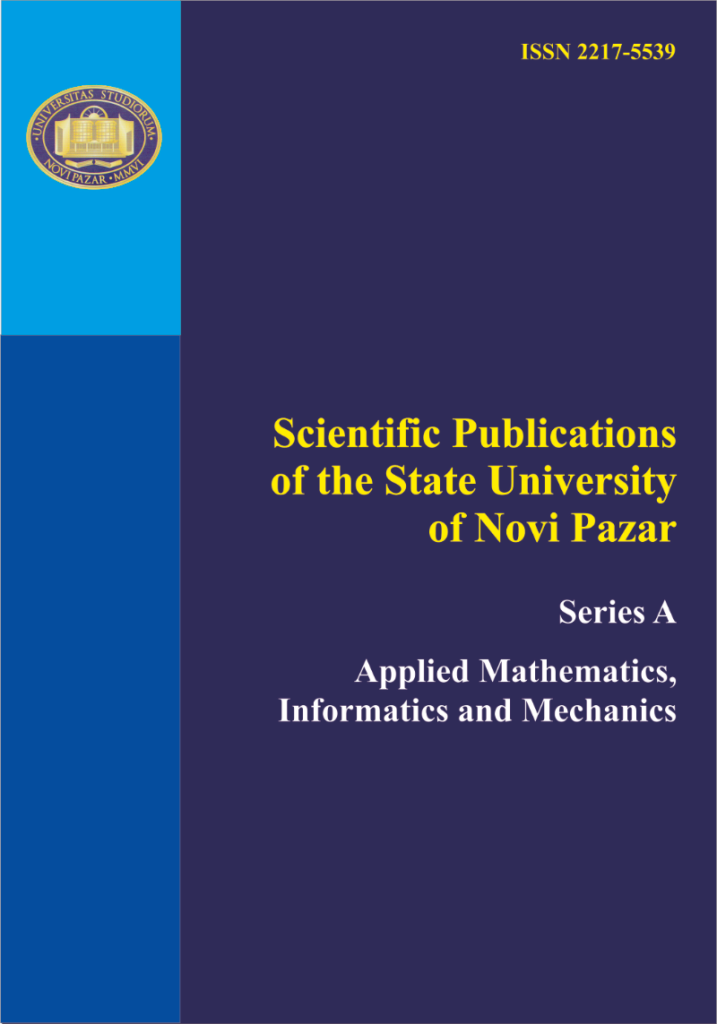
An experimental approach to the determination of the gross activity of uranium, plutonium, americium and strontium in human biological samples using solid-state scintillation
Authors: Janda Jiři, Ticha Jitka
Keywords: rapid bioassay method; microwave decomposition; solid-state scintillation; YAP:Ce
Abstract:
Rapid bioassay methods have been mainly proposed for the sequential measurements of actinides in human blood, bone marrow and urine. The method involves sample treatment using microwave digestion techniques followed by direct measurement of digested products using powder scintillator and alkaline solution as a replacement for traditional liquid scintillation cocktail. The selected group of radionuclides was chosen due to their occurrence in the nuclear fuel cycle, nuclear accident, high radiotoxicity, and the possibility of potential misuses, such as dirty bombs. The work aimed at verifying the connection of microwave digestion using alkaline solution with solid-state scintillation using a powder scintillator YAP:Ce together with an alkaline medium.
References:
[1] T. RAHOLA, M. MUIKKU, G, ETHERINGTON, A. HODGSON, M. YOUNGMAN, C. ROJAS PALMA, K. MEER, A. LILAND, A. JAWORSKA, A. JERSTAD, P. KRUSE, M. R. PREZ, Z. CARR, G. SMAGALA, Guidelines for triage and monitoring of people exposed to radiation after a malevolent act. Downloaded at http://www.irpa12.org.ar/fullpapers/FP3395.pdf.
[2] J. KUWABARA, H. NOGUCHI, Development of rapid bioassay method for plutonium, J. Ra dioanal. Nucl. Chem. 252 (2002), 273-276.
[3] S. L. MAXWELL, Rapid method for determination of plutonium, americium and curium in large soil samples, J. Radioanal. Nucl. Chem. 275 (2008), 395-402.
[4] J. QIAO, X. HOU, P. ROOS, M. MIRO, Rapid Determination of Plutonium Isotopes in Environmental Samples Using Sequential Injection Extraction Chromatography and Detection by Inductively Coupled Plasma Mass Spectrometry, Anal. Chem. 81 (2009), 8185-8192.
[5] L. SALONEN, A rapid method for monitoring of uranium and radium in drinking water, Sci Total Environ 130-131 (1993), 23-35.
[6] V. N. EPOV, K. BENKHEDDA, R. J. CORNETT, R. D. EVANS, Rapid determination of plutonium in urine using flow injection on-line preconcentration and inductively coupled plasma mass spectrometry, J. Anal. At. Spectrom 20 (2005), 424-430.
[7] A. GAGN´ E, J. SURETTE, S. KRAMER-TREMBLAY, A bioassay method for americium and curium in feces, J. Radioanal. Nucl. Chem. 295 (2013), 477-482.
[8] Y. MURAMATSU, S. YOSHIDA, T. BAN-NAI, M. AKASHI, Determination of radionuclides in human and environmental samples from the criticality accident in Tokai-mura, Japan, J. Radioanal. Nucl. Chem 262. (2004), 129-134.
[9] D. SAS, P. SL´ ADEK, J. JANDA, Measuring alpha and beta activity of filter and swab samples with LSC, J. Radioanal. Nucl. Chem. 286 (2010), 513-517
[10] J. K. GIBSON, W. A. DE JONG,Experimental and Theoretical Approaches to Actinide Chemistry, John Wiley & Sons, New York, 2018.
[11] P. W. DURBIN,Actinidesinanimalsandman.In: ChemistryoftheActinide andTransactinide Elements, Springer (2008), 3339-3440.
[12] D. M. TAYLOR, The bioinorganic chemistry of actinides in blood, J. Alloys. Compd. 271 (1998), 6-10.
[13] A. JEANSON, M. FERRAND, H. FUNKE, C. HENNIG, P. MOISY, P. L. SOLARI, C. VIDAUD, C. DEN AUWER, The role of transferrin in actinide (IV) uptake: Comparison with iron (III), Chem. Eur. J. 16 (2010), 1378-1387.
[14] D. M. TAYLOR, Chemical and physical properties of plutonium. In: Uranium, Plutonium, Transplutonic Elements, Springer (1973), 323-347.
[15] E. ANSOBORLO, O. PRAT, P. MOISY, C. DEN AUWER, P. GUILBAUD, M. CARRIERE, B. GOUGET, J. DUFFIELD, D. DOIZI, T. VERCOUTER, Actinide speciation in relation to biological processes, Biochimie 88 (2006), 1605-1618.
[16] W. BAIR, W. BLOCH, W. DICKERSON, K. ECKERMAN, R. GOANS, A. KAREM, R. LEGGETT, J. LIPSZTEIN, M. STABIN, A. L. WILEY, Management of Persons Contaminated with Radionuclides: Handbook, NCRP (National Council on Radiation Protection and Measurements), Bethesda, MD (USA), 2008.
[17] P. W. DURBIN, Metabolism and biological effects of the transplutonium elements. In: Uranium, Plutonium, Transplutonic Elements, Springer (1973), 739-896.
[18] P. W. DURBIN, Distribution of the transuranic elements in mammals, Health Phys 8 (1962), 665-671.
[19] J. JANDA, The comparison of scintillation properties of YAP:Ce, YAG:Ce and ZnO:Ga powders as a potential substitution of LSC cocktail, J. Radioanal. Nucl. Chem. 314 (2017), 573-582.